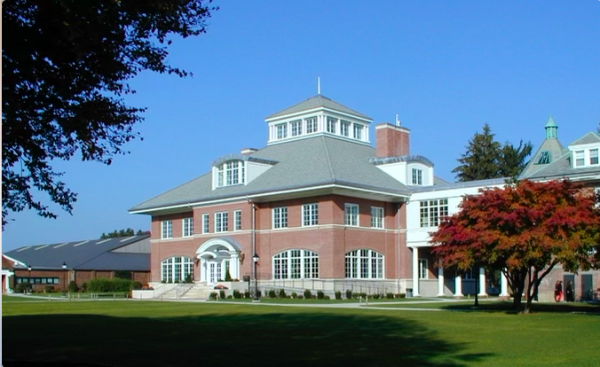Should Movies Be Shown in the Classroom?
This semester I am taking a History department elective called “Screening America: American History and Film” and I have found this class to be enlightening in many ways. Not only am I gaining a greater appreciation for the visual elements of film, but I am developing a deeper and more nuanced understanding of American history.
This newfound insight got me thinking… if a well-curated film syllabus can significantly enhance a student’s understanding of a subject such as American History, should films be shown more frequently in the classroom? Is utilizing visual media, particularly in a humanities course, a productive way to have a conversation about the past?
“Films should be viewed as valid historical documents and cultural products that are ripe for interpretation,” says Mr. Brennan, head of the History department. “It is important that not just films, but media in general is shown in history classes. It is important for students to dissect visual media and think of it critically and interpret bias in anything they see and read. I do think it is an imperative skill we should teach whether it be in the written form or visual.”
Brennan is careful to note that just like an author has an intent in crafting a novel, the best film directors have very much the same motives as a writer of literature.
“It is interesting for us to see the way Hollywood has interpreted historical moments,” he says. “Films, like any other medium, have a bias. They have an agenda. And I think it’s great for us to tear these apart as a group and really have some wonderful conversations about the importance of movies…being reflective of the times that they’re in.”
I agree with Brennan. As long as visual media is utilized carefully and responsibly in conjunction with texts and discussion, it can be a very powerful educational tool.
For example, the first film our class viewed this semester was the 1915 hit “Birth of a Nation.” It was the first ever blockbuster film and composed entirely of appalling racist tropes. Many critics showered the movie with rave reviews and Ku Klux Klan membership skyrocketed after its release. Analyzing the film and studying society’s response at that time provided our class with an additional lens into that period in American history. Actually seeing the way in which racism was normalized and how the film then had a ripple effect on society was powerful.
“Just because it is a popular medium doesn’t necessarily mean that we need to give it a pass,” says Brennan.
If teachers feel there are films – old or new – that can enhance our understanding of history as richly as great works of literature, I feel they should be a welcome addition to the curriculum.







